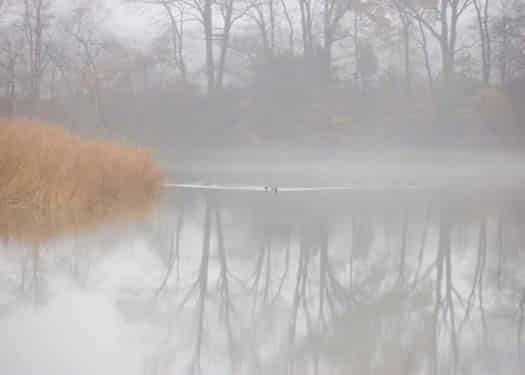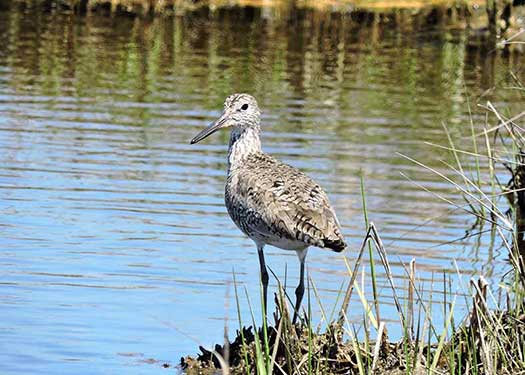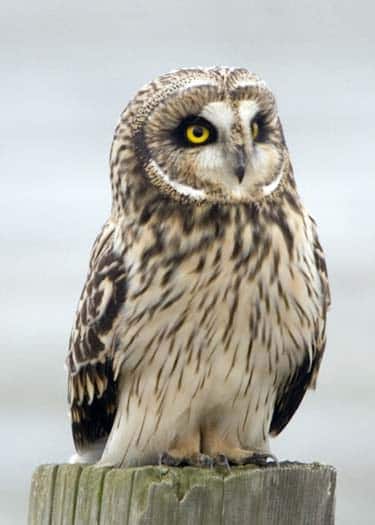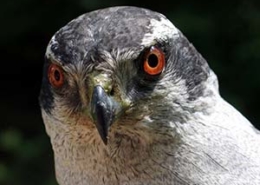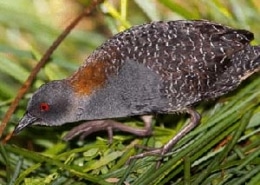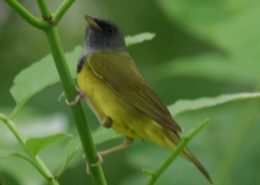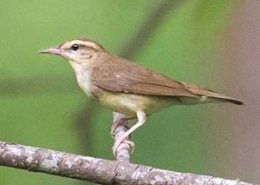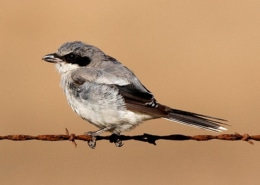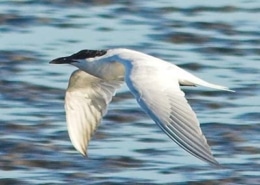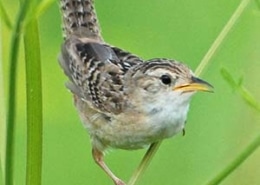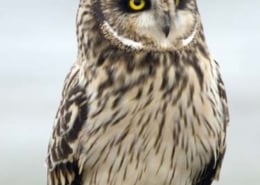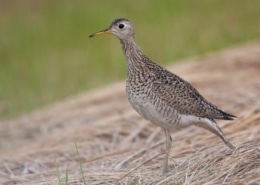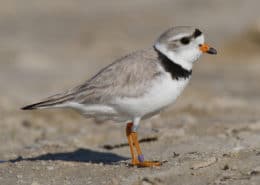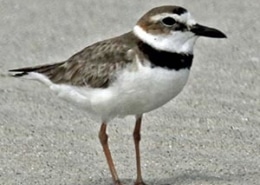Conservation
MOS is more than a society of birders. As our bylaws state, we want to further educational, scientific, and charitable pursuits relating to birdlife in Maryland. This includes conservation.
MOS has a very active and engaged conservation committee. MOS attempts to be sensitive to local, state, regional, national and global issues, with obviously the most focus on state or county issues. The committee monitors state and local governments, tunes in to national groups, and coordinates with other environmental groups. The committee testifies at hearings and compiles position papers, writes letters.
Please consider joining the conservation committee to take an active role in conservation, whether that be by participating on committee actions or contacting government officials to share your concerns and ideas on conservation-related issues. Our Conservation Action section highlights recent initiatives and collaborations with other like-minded organizations.
Core Issues
There’s obviously a wide range of views on environmental issues. While MOS respects the diversity of thought within its membership, over time we have had to address several pressing issues and formed committees to research and propose MOS position papers. The Board has taken these issues seriously, debating and refining these position papers during multiple meetings and off-line discussion. MOS has taken the positions on three key issues recently that we believe are largely consistent with membership views and our mission.
- On August 29, 2015, MOS adopted a Policy Statement on Free-Roaming Domestic Cats and the Management of Feral Cats.
- On March 1, 2014, MOS adopted a Position Paper on the Impacts of Hydraulic Fracturing to Birds and Bird Habitat.
- On June 17, 2011, MOS adopted an Alternative Energy Policy Statement.






